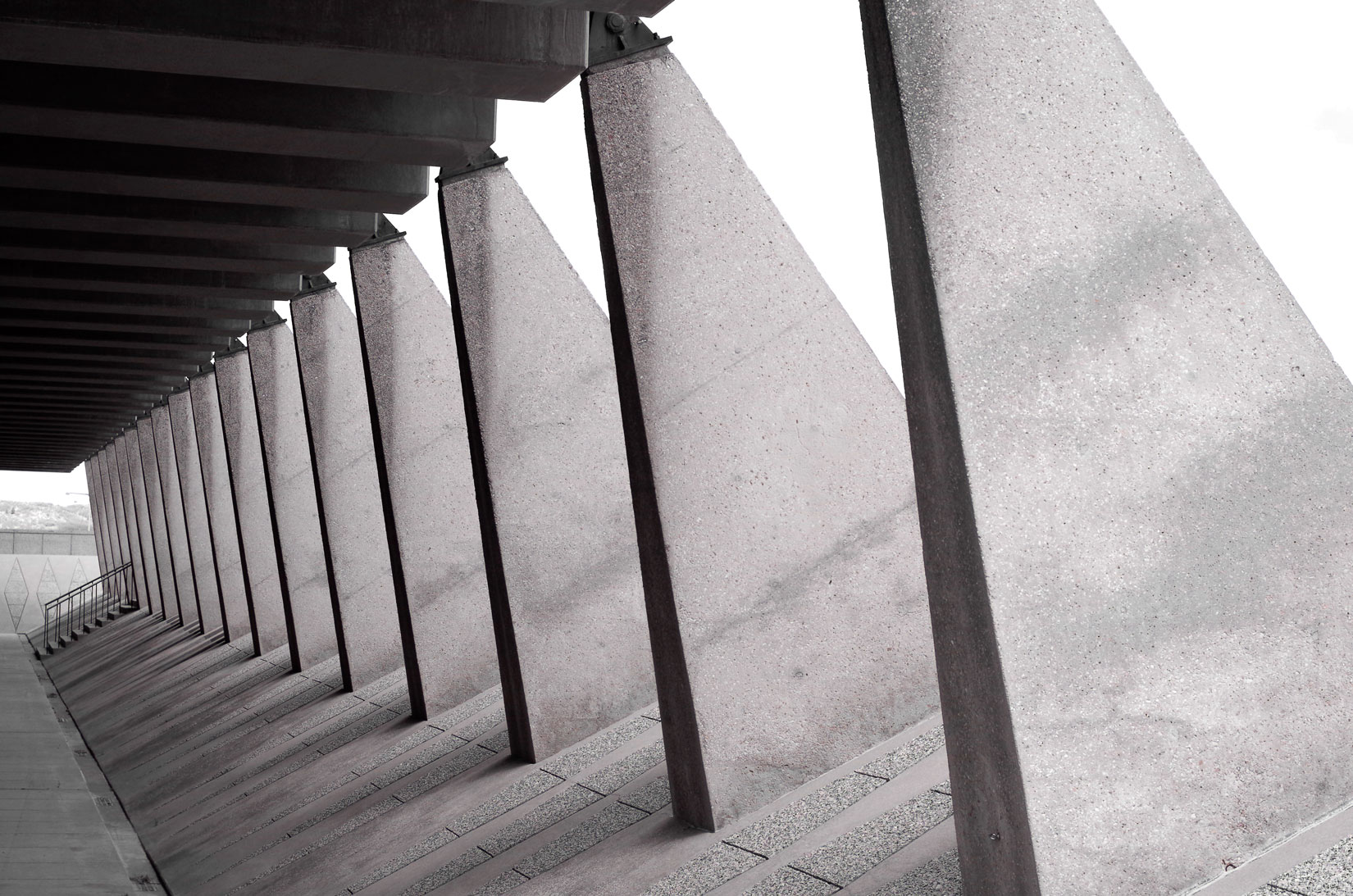Today’s Post by Joe Farace
“The first 90 percent of the code accounts for the first 90 percent of the development time. The remaining 10 percent of the code accounts for the other 90 percent of the development time.”—Tom Cargill, Bell Labs
I think the Ninety-Ninety Rule applies equally well to photography, although I’ve met one gentleman whose on-line bio states that he’s an “expert on all things digital.” I believe that many photographers get within 90% of knowing what they really want (or maybe need) to know about photography. But it’s that last 10% that takes another 90% of the time to learn and practice photography. I think this applies to me just as well as anybody else.
I think it’s another law (not Farace’s Law) but Hofstadter’s Law that states: It always takes longer than you expect, even when you take into account Hofstadter’s Law.— Douglas Hofstadter, Gödel, Escher, Bach: An Eternal Golden Braid
The Three Phases
The Ninety-Ninety Rule fits into my concept about how all photographers go through three distinct phases of learning:
Phase One occurs during the time when a new photographer gets their first “good” camera and they discover the medium’s potential. They enthusiastically explore their world and every memory card or roll of film is full of images looking so much better than they ever imagined. Unfortunately, this blissful period is quickly replaced by the next phase.
During phase two, the more experienced photographer’s level of enthusiasm is high but is diminished when reviewing their latest images only to discover they are much worse than expected. This phase becomes more about managing expectations and can last a long time. As the photographer continues to improve their skills by practicing their art, they eventually reach the third and final phase

In phase three, the images that a photographer sees in their viewfinder or LCD panel and what they capture is exactly what they expect. There are no surprises. While reaching this phase can be fulfilling, some of the magic is understandably lost, which is why experimenting with other genres such as infrared and film photography can keep the flame of inspiration at its maximum levels during this phase .
And if you would like to experience some of that same thrill of discovery that occurred during that first phase of your photographic education, I would like suggest you make a few photographs when the available light may not be so available.
How I made this photo: The Pentax K-01 was introduced in February, 2012. It uses the Pentax K mount, making it the first interchangeable single-lens mirrorless camera that was compatible with lenses from a typical SLR camera without the use of an adapter. The K-01 used a Sony 16 MP sensor, the same sensor as the Pentax K-5 and Nikon D7000 DSLRs. The camera was discontinued in February, 2013, but was re-reintroduced the following July to the Japanese market in a white and blue color variant. As interest in older digital cameras has increased, used examples of the K-01 have held their value quite well.
Some people are surprised to learn that the Air Force Academy Chapel is the number one tourist attraction in Colorado but if you’ve ever seen it, you know why. Built in 1963 and designed by Walter A. Netsch Jr., the chapel’s design is as fresh and modern today as when it was built. This image shows just a part of the chapel’s front and gives some idea of its soaring design. The photograph was shot with a Pentax K-01 and SMC Pentax-DA 40mm f/2.8 lens with an exposure of 1/1000 sec at f/9 and ISO 400.
If you enjoyed today’s blog post and would like to buy Joe a cup of Earl Grey tea ($2.75, click here. And if you do, thank so very much.